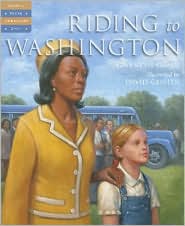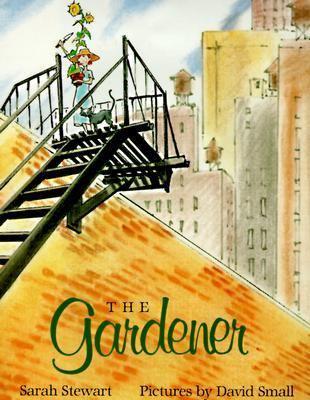Title: The Misfits
Author: James Howe
Novel for ages (approximately) 11 and up
Rating: 5 of 5 stars
Summary:
This book is about four close friends, all considered misfits within their school and because of this they are regularly teased, taunted, and made fun of. Together they come up with a third party to run for student council which will represent misfits all over the school. Their platform is no name calling and they run as the No Name party.
Opinion:
This book was one of the funniest, yet most touching stories I have ever read. It really brings to life the seriousness bullying presents and the harm name calling can cause. I loved it because it seemed real. It wasn’t preachy and didn’t talk down to the reader. It was real. The characters had real problems and realistic personality traits. You can easily see each of the Gang of 5 walking down any middle school hallway. It brings you into the book evoking emotions I hadn’t felt since middle school. Every time one of them got called a name or pushed around I felt that pang of embarrassment, anxiety, and hurt. I could’ve cried during some conversations they were so filled with emotion. I also laughed out loud at some conversations between the Gang of 5 because they were funny, but also because I remember similar conversations between my friends and I when we were in the seventh grade. Overall, this book is just very realistic and relatable, and to me, that’s what makes it a knockout. Realistic lessons are much easier to learn than lessons told with fanciful surroundings because they are true and relatable, and well, real.
I would, without a doubt, use this book in my classroom. There are so many lessons to be learned within its pages it would be to my students disadvantage if I didn’t. Not only are there lessons on student to student bullying, there are messages on adult to student, student to adult and adult to adult bullying as well. It brings up questions of right and wrong which are always good for deep thinking, and that is what I want my students to do. I want my students to have to really think about what they believe and put themselves in others’ shoes. This book presents ample opportunity for that. Whether I read it as a part of a bigger unit, or read it as just because it’s a good book, I will read this to my class.
No Name Calling Week -- Started because of this book and implemented in schools all around the United States.





